In a world of diverse medical conditions, some disorders remain relatively unknown, lurking in the shadows of mainstream awareness. Blood diseases, in particular, can present unique challenges due to their complexity and rarity. The spectrum of blood-related ailments is vast and intriguing, from inherited disorders to acquired conditions. dsafasdf
This article delves into the realm of rare blood diseases, shining a light on seven uncommon conditions that affect individuals in the United States. Join us as we embark on a journey through the fascinating world of rare blood diseases, shedding light on their impact and the efforts being made to alleviate the burden they impose on those affected.
7. Polycythemia Vera
Year Discovered: 1892
Signs and Symptoms: Itching, gouty arthritis, peptic ulcer
Five-Year Survival Rate: 79.5%

With an annual diagnosis rate ranging from 44 to 57 per 100,000 Americans, polycythemia vera has garnered attention since its discovery in 1892. Polycythemia Vera is characterized by an overproduction of red blood cells in the bone marrow, leading to a thickening of the blood and potential complications.
The signs and symptoms of Polycythemia Vera can vary but often include itching, gouty arthritis, and peptic ulcers. These discomforts arise from the increased viscosity of the blood, impairing circulation and affecting various organs and tissues. The disorder can progress to more severe complications such as blood clots, stroke, or heart attack if left untreated.
Did You Know?
Therapeutic options to cure this condition may include phlebotomy (removal of blood), medication to control blood cell production, and medications to prevent blood clotting.
6. Myelofibrosis
Year Discovered: 1951
Signs and Symptoms: Low platelets, high uric acid
Five-Year Survival Rate: 45% to 70% after HSCT
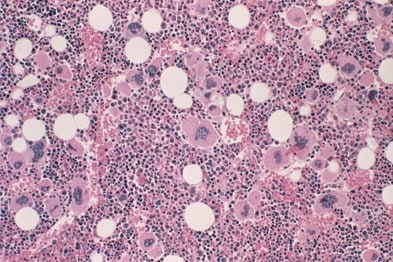
Myelofibrosis is a rare blood disorder characterized by the abnormal production and accumulation of fibrous tissue in the bone marrow, which impairs its ability to produce healthy blood cells. This condition is considered relatively uncommon with approximately 1.5 cases diagnosed per 100,000 Americans yearly.
First discovered in 1951, myelofibrosis presents various signs and symptoms, including low platelet count, which can lead to excessive bleeding or bruising, and high uric acid levels, causing joint pain and gout-like symptoms. The disease may also manifest as fatigue, anemia, enlarged spleen, and overall weakness.
The prognosis for myelofibrosis varies depending on several factors, including the patient’s age, overall health, and disease progression. Hematopoietic stem cell transplantation (HSCT) offers a potential cure and has shown five-year survival rates ranging from 45% to 70% for eligible patients. Other treatment options, such as drug therapies and blood transfusions, aim to manage symptoms and improve quality of life.
Did You Know?
Myelofibrosis can sometimes progress from other bone marrow disorders, such as polycythemia vera or essential thrombocythemia.
5. Waldenstrom Macroglobulinemia
Year Discovered: 1944
Signs and Symptoms: Peripheral neuropathy, coma
Five-Year Survival Rate: 78%
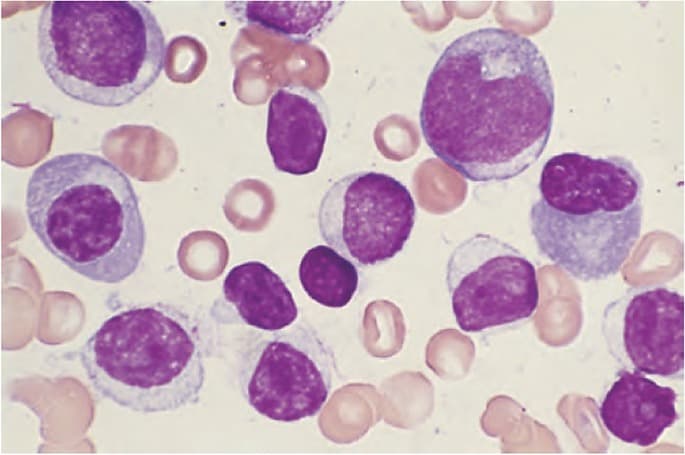
Waldenstrom macroglobulinemia is another rare blood cancer characterized by the abnormal growth of lymphoplasmacytic cells, a type of white blood cell, in the bone marrow. This condition leads to the overproduction of a protein called IgM (immunoglobulin M), resulting in thickened blood and impaired circulation. Symptoms of Waldenstrom Macroglobulinemia can vary but often include fatigue, weakness, weight loss, enlarged lymph nodes, and an enlarged spleen or liver.
Additionally, peripheral neuropathy, a condition affecting the nerves in the hands and feet, can lead to numbness, tingling, or weakness in these areas. In rare cases, severe IgM buildup can cause hyperviscosity syndrome, leading to symptoms such as blurred vision, dizziness, and even coma.
Did You Know?
Early diagnosis and treatment of Waldenstrom Macroglobulinemia can help manage symptoms and improve long-term patient outcomes.
4. Hairy Cell Leukemia
Year Discovered: 1958
Signs and Symptoms: Anemia, low platelets
Five-Year Survival Rate: 95%
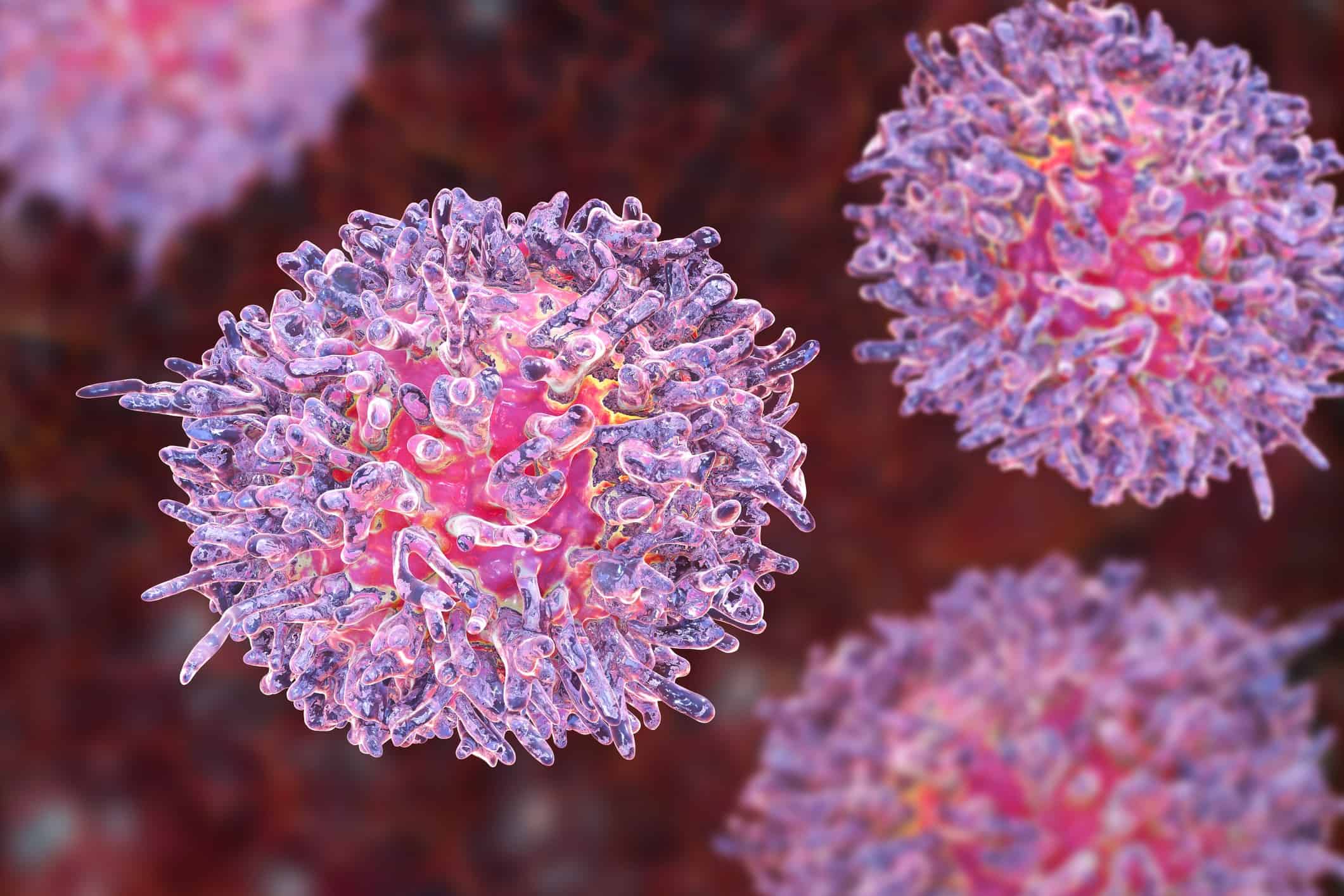
Hairy Cell Leukemia (HCL) is also a rare type of blood cancer affecting a small number of individuals in the United States, with approximately 0.3 cases per 100,000 people diagnosed yearly. This condition was first discovered in 1958, and since then, medical researchers have been working tirelessly to understand its intricacies and develop effective treatment strategies.
One of the hallmark signs of HCL is anemia, which occurs when there is a low red blood cell count, leading to fatigue, weakness, and shortness of breath. Additionally, individuals with HCL may experience low platelet levels, resulting in excessive bleeding or bruising.
Fortunately, the five-year survival rate for HCL is relatively high, with around 95% of patients achieving remission or long-term control of the disease. Treatments for HCL typically involve targeted therapies, such as purine analogs, which specifically target cancer cells while minimizing harm to healthy cells.
Did You Know?
Hairy Cell Leukemia gets its name from the hair-like projections that can be seen on the surface of cancerous cells when viewed under a microscope.
3. Aplastic Anemia
Year Discovered: 1888
Signs and Symptoms: Pale skin, fatigue, fast heart rate
Five-Year Survival Rate: 80% for patients under age 20
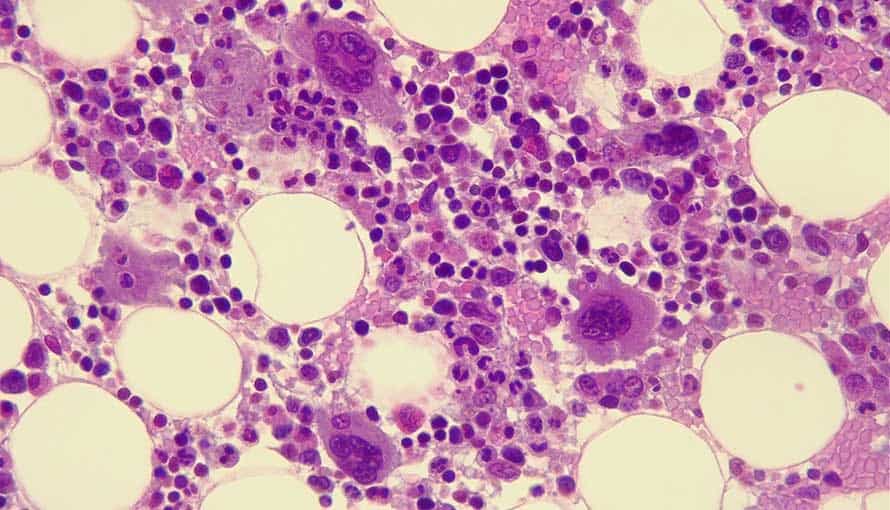
Aplastic anemia remains relatively uncommon, with an incidence of only 2 cases per 1 million Americans each year. Discovered in 1888, aplastic anemia presents a range of signs and symptoms, including pale skin, persistent fatigue, and a rapid heart rate.
The scarcity of blood cells hampers the body’s ability to transport oxygen, leading to the manifestation of these telltale indications. Despite the seriousness of the condition, there is hope for those diagnosed with aplastic anemia, especially for patients under the age of 20. With advancements in medical care, the five-year survival rate for this age group stands at an encouraging 80%.
Did You Know?
Aplastic anemia can be acquired or inherited, with the acquired form often linked to exposure to certain chemicals, drugs, or radiation therapy.
2. Paroxysmal Nocturnal Hemoglobinuria
Year Discovered: 1882
Signs and Symptoms: Urine discoloration, easy bruising
Five-Year Survival Rate: 35%
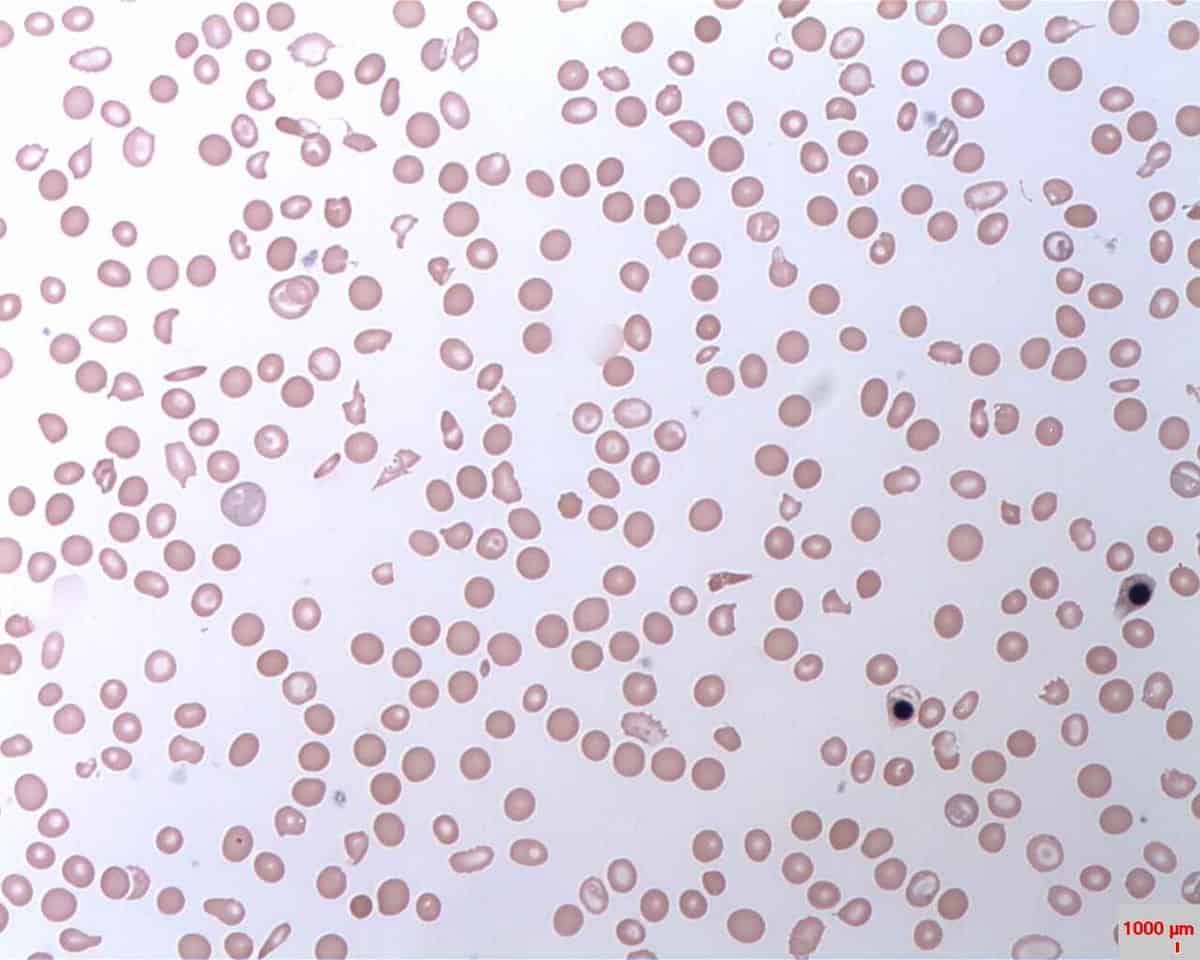
Paroxysmal Nocturnal Hemoglobinuria (PNH) is an uncommon and intricate blood disorder that affects a small number of individuals in the United States. With an incidence rate of 1.5 to 2 cases per 1 million Americans each year, PNH is considered one of the rarest blood diseases documented.
Dating back to its discovery in 1882, PNH is characterized by a genetic mutation in the PIG-A gene, resulting in the absence of specific proteins on the surface of blood cells. This deficiency renders affected individuals vulnerable to various symptoms and complications. Notably, PNH is often identified by urine discoloration caused by the breakdown of red blood cells and a tendency to experience easy bruising due to impaired clotting abilities.
Although medical understanding and treatment options for PNH have advanced, the five-year survival rate remains challenging at 35%. However, recent progress in targeted therapies, particularly complement inhibitors, shows promising prospects for enhancing outcomes in PNH patients.
Did You Know?
The mutation in the PIG-A gene responsible for Paroxysmal Nocturnal Hemoglobinuria (PNH) occurs within a specific type of stem cell found in the bone marrow, producing abnormal blood cells.
1. Factor XIII Deficiency
Year Discovered: 1944
Signs and Symptoms: Bleeding of the gums, easy bruising
Five-Year Survival Rate: 75%
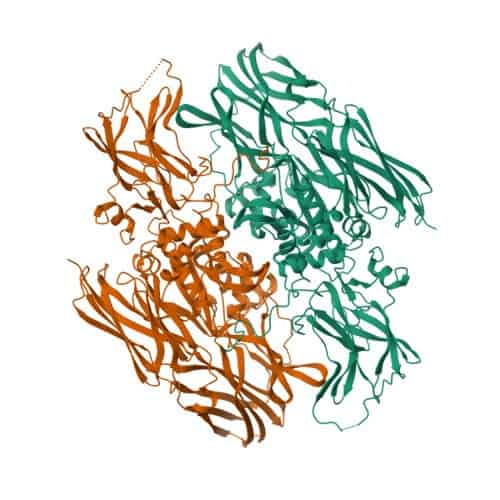
Factor XIII Deficiency, also known as fibrin-stabilizing factor deficiency, is a profoundly rare blood disorder, making it the rarest known blood disease in the United States. With an annual diagnosis rate of only 1 per 5 million Americans, this condition affects an extremely limited number of individuals.
Factor XIII Deficiency was first discovered in 1944 and is characterized by a deficiency or dysfunction of the Factor XIII protein, which plays a crucial role in stabilizing blood clots. Without sufficient Factor XIII, individuals with this disorder experience difficulty in clot formation and stabilization, leading to prolonged bleeding episodes.
Due to its rarity, Factor XIII Deficiency presents significant challenges in diagnosis and treatment. However, advancements in medical understanding and therapies have improved the five-year survival rate to 75%.
Did You Know?
Factor XIII Deficiency is an inherited disorder caused by mutations in the gene responsible for producing the Factor XIII protein, affecting its structure or function.
